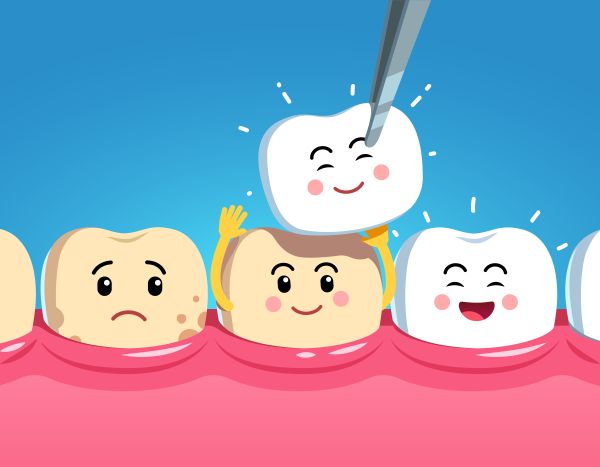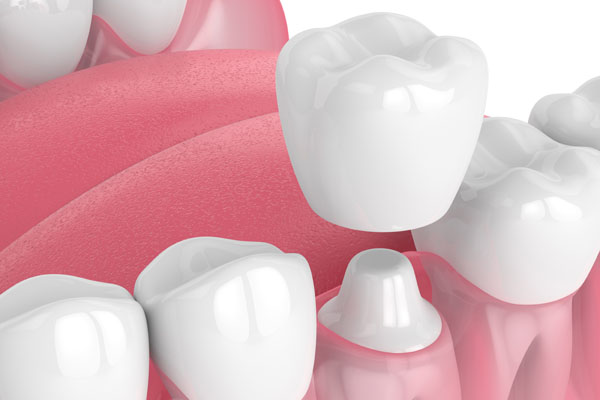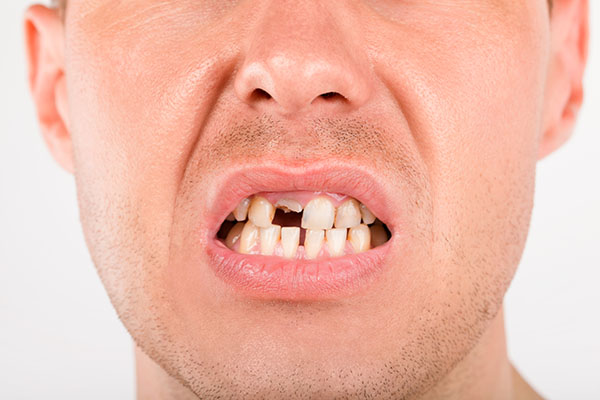How Dental Bridges Can Replace Missing Teeth

Missing teeth can affect more than your confidence. With time, missing teeth cause the remaining teeth to shift, which will change your bite and affect your overall oral health. They also make it harder to chew and sometimes, speak.
One way to replace lost teeth is with a dental bridge. As the name suggests, dental bridges bridge the gap left by a lost tooth. A dental bridge will occupy the space between the two teeth on either side of the gap, thereby restoring your smile.
How dental bridges are used to replace missing teeth
A dental bridge is an artificial tooth that is placed above the gum line, right in the gap where the missing teeth used to be. It is a non-surgical way to replace a missing tooth, despite being a permanent tooth replacement.
A bridge consists of two components. The first is the pontic, which is made up of one or more false teeth. This is the part of the bridge that fills the gap left by missing teeth. The second component is the pair of abutments, which hold the pontic in place.
How dental bridges are placed
The process of getting a dental bridge takes several visits to the dentist. During the first dental visit, the dentist prepares the teeth that are adjacent to the gap by removing a portion of the enamel. The dentist does this to make room for the crown.
The dentist also makes a mold of the patient’s teeth. The impression is the template used to make the two crowns and the pontics. The dentist sends it to a dental lab, where it is used to fabricate the crowns and the pontics. Then, the dentist fits the patient with a temporary bridge and sends them home.
During the second visit, the dentist fits the crowns over the abutment teeth and attaches the pontic to the crowns. They will then put the finishing touches on the bridge by smoothing out rough edges or surfaces, and by making sure that the patient is comfortable with the fit of the bridge.
It may take several adjustments over multiple dental appointments before the patient feels completely comfortable with their dental bridge. Also worth noting is the fact that a dental bridge can be attached to implant-supported crowns.
Benefits and drawbacks of dental bridges
Some of the benefits of dental bridges include:
- A permanent way to replace missing teeth
- Strong enough to replace molars
- A non-invasive way to replace a missing tooth
- Improve the user's smile, facial structure and bite
- Prevent the rest of the wearer's natural teeth from shifting
Some of the drawbacks are:
- The dentist will have to remove a portion of the enamel from the anchor teeth
- Will not prevent the loss of bone mass that happens after the loss of a tooth
- The gum area under the prosthetic needs to be carefully cleaned daily to prevent gum disease
- Not as durable as dental implants
The bottom line
Going through life with one or more missing teeth is harder than people may think. There is no reason to spend another day adjusting the way you chew, speak or laugh. Get in touch with us and make an appointment for a consultation to determine whether a dental bridge is right for you.
Request an appointment here: https://metrosmiles.com or call Metro Smiles Dental at (718) 841-9591 for an appointment in our Forest Hills office.
Check out what others are saying about our services on Yelp: Read our Yelp reviews.
Recent Posts
A dental crown can restore a damaged, worn, or weakened tooth. This restoration can bring back your healthy smile and stable dental function. Knowing the benefits of dental caps can motivate you to set an appointment soon. Here are the benefits of a dental crown that you must consider.Losing a tooth can be annoying, especially…
After tooth decay or oral health concerns develop, prompt and effective treatment from the dentist is often required. A dental crown is one of the main treatment options dentists recommend to treat a range of oral health and cosmetic issues. A dental crown can improve a tooth's size, shape, and function and last for over…
Having dental crowns can change the way your mouth looks. Any distortion in the size and shape of your teeth can disappear with the help of caps. Crowns are custom-fit restorations capable of restoring and protecting your teeth. If you want to know how dental crowns can bring back your tooth’s size and shape, here…
When someone has a broken or damaged tooth, CEREC® crowns are one of the restoration options that a dentist might recommend. A dental crown is a tooth prosthesis that covers the tooth to protect it from additional damages. With traditional dental crowns, the process can take a few weeks and multiple appointments to complete. CEREC®…


